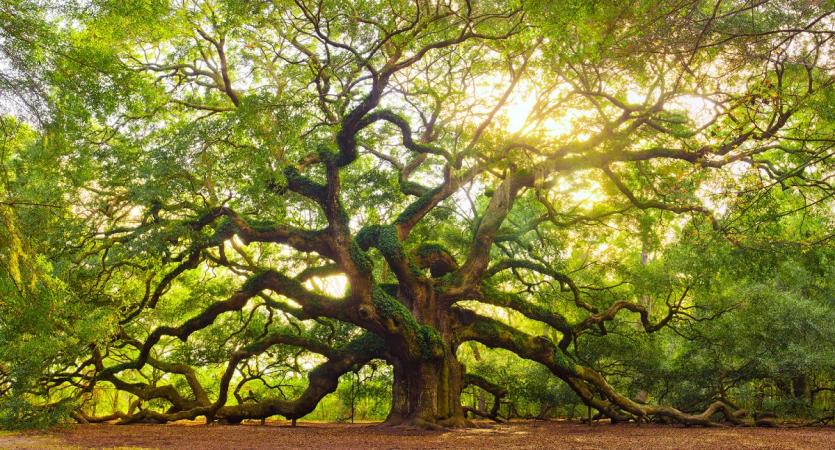Photo: TWD
By Patryk Krych | The World Daily | SEPTEMBER 2nd 2021
Nearly a third of the world’s tree species are facing potential extinction according to a recent report, with hundreds already edging close to the brink. The study suggests that more trees are at risk than the total number of the world’s mammals, birds, amphibians and reptiles put together.
The study, called the State of the World's Trees Report, was published on Wednesday by Botanic Gardens Conservation International (BGCI). It surmised that nearly a third (30%) of the world’s entire tree species are at risk of extinction, with such trees as magnolias and dipterocarps having been cited as among the most threatened.
“Trees are essential … it’s like a Jenga tower. Pull the wrong one out and the ecosystem falls apart,” said the report’s lead author and the head of conservation prioritisation at the BGCI, Malin Rivers. “When I look at these numbers, I feel we need to act now.”
Only 41.5% of the 58,497 known species of trees in the world were actually confirmed safe or not at any risk, whereas 17,510 species were found to be threatened – which makes up about 29.9% of the total known amount. Only 7.1% were considered “possibly threatened,” with their conditions likely depending on future developments.
The study took five years to complete, and looked at tree species on an international scale, finding that the majority of the threatened species were found in Madagascar, which had 1,842 endangered trees. Brazil came in second place, with 1,788 – a number of them due to deforestation as well as other conditions.
“This report is a wakeup call to everyone around the world that trees need help,” said BGCI Secretary-General Paul Smith. “Every tree species matters – to the millions of other species that depend on trees, and to people all over the world.”
The report had gone on to identify the primary causes of these gradual declines to certain tree populations, which disproportionately affect tropical areas. The main cause was found to be farming and agriculture, followed by the logging industry, and then by housing and development. Fires were also a cause, as was climate change, but were found to have nowhere near as much effect on the declining tree populations as direct human action and industry.






